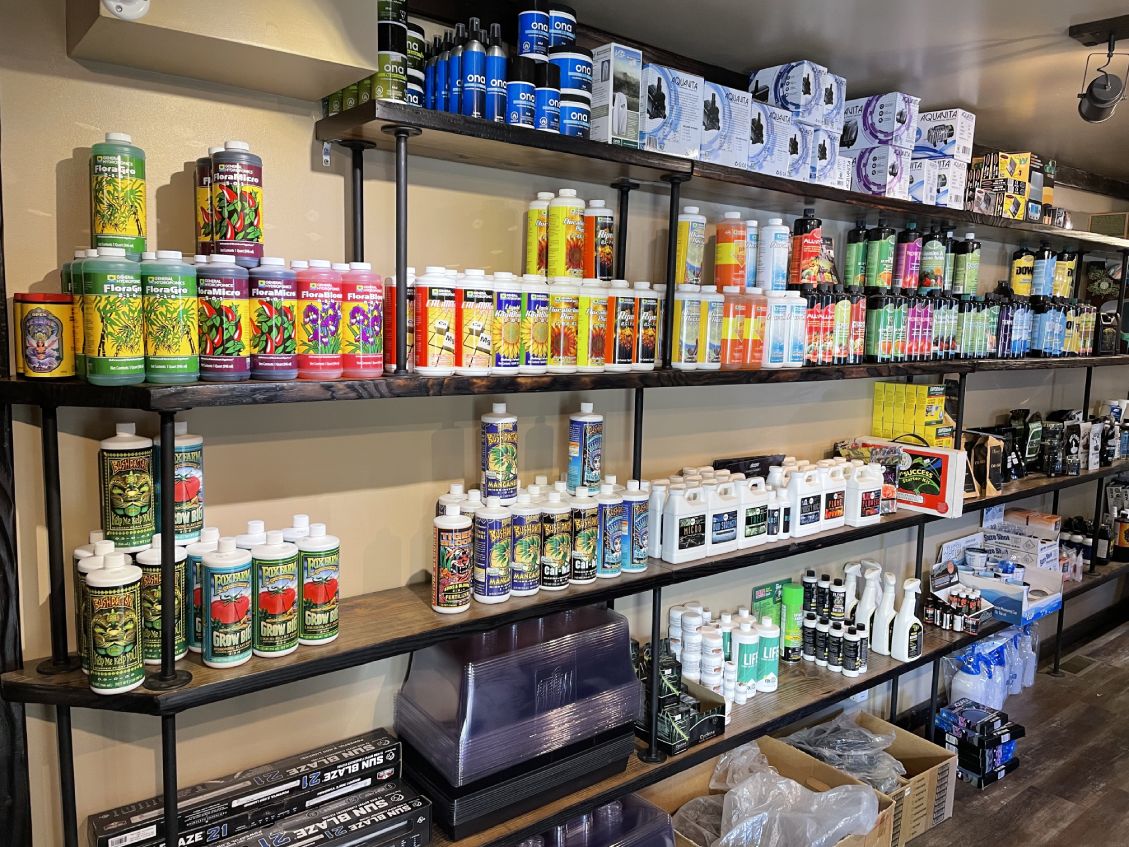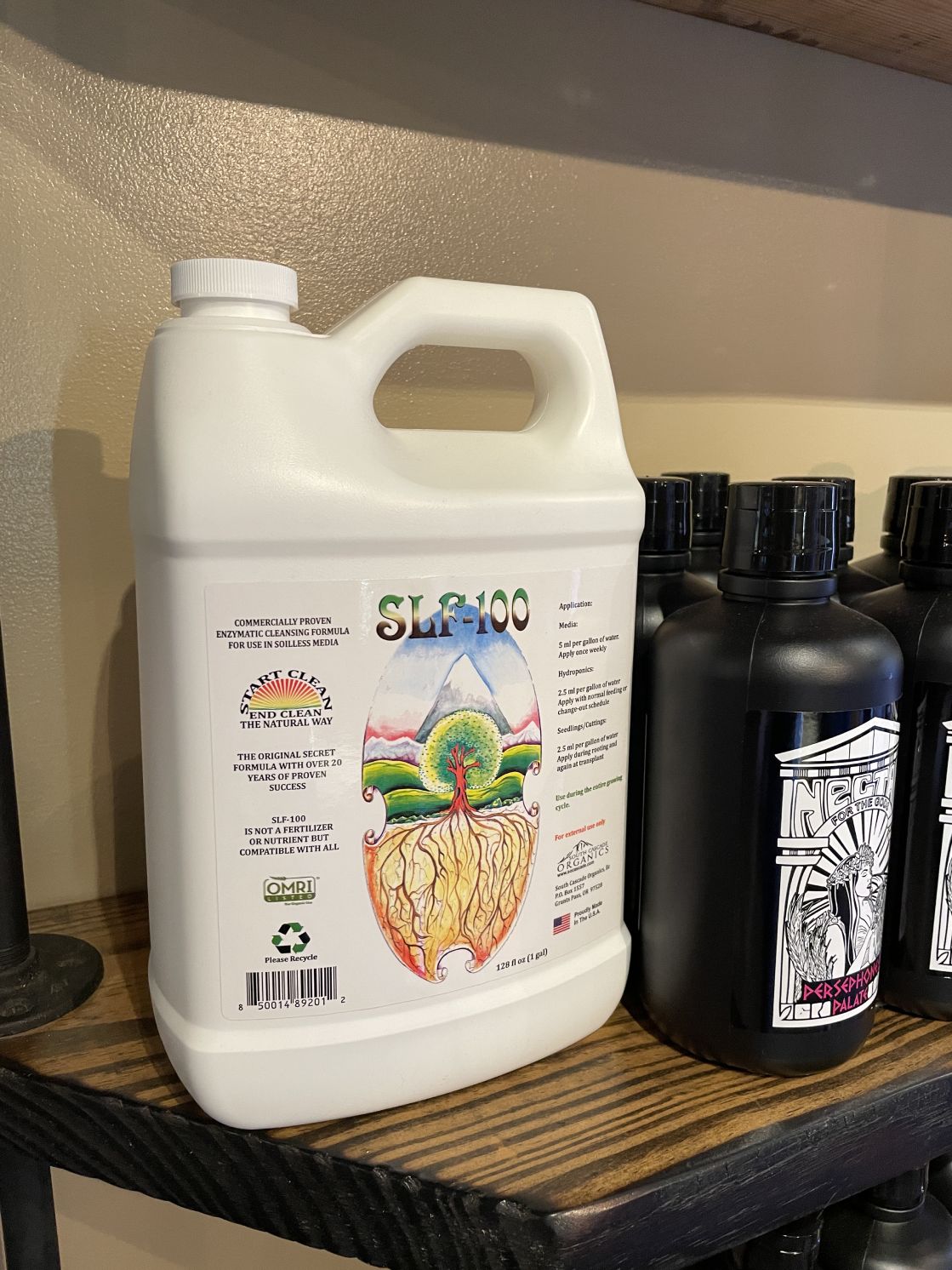The Indoor Earthworm Way: A Game-Changer in Growing Techniques
The Indoor Earthworm Way: A Game-Changer in Growing Techniques
Blog Article
Unlocking the Potential of Hydroponics: Recognizing Its Utilizes and Various Kinds
Hydroponics, a method of cultivating plants without dirt, has gathered enhancing focus for its potential to reinvent farming and cultivation practices. The accuracy control over nutrient delivery, water use, and ecological factors offers a glimpse into a future where food manufacturing can be maximized in different setups. As we navigate through the elaborate landscape of hydroponic systems and methods, it comes to be noticeable that each approach holds unique benefits and constraints. By unraveling the diverse uses and kinds of hydroponics, we can uncover a world of opportunities that might improve just how we envision lasting farming and horticulture techniques.
Benefits of Hydroponic Solutions

Another advantage of hydroponic systems is the ability to grow plants in a smaller sized space. Hydroponic systems reduce the risk of soil-borne conditions and pests, as there is no soil to nurture these threats.
Usual Uses in Farming

Provided the effective water conservation and space-saving benefits of hydroponic systems, it is obvious that these ingenious agricultural techniques have discovered usual uses in various industries of agriculture. The controlled environment of hydroponic systems makes it possible for year-round cultivation, offering a consistent supply of fresh fruit and vegetables regardless of outside weather conditions.
Hydroponics is typically made use of for growing a range of plants, including leafy eco-friendlies, tomatoes, cucumbers, peppers, natural herbs, and strawberries. Its convenience encompasses vertical farming, city farming, and greenhouse manufacturing. In addition, hydroponic systems are utilized in study and educational setups to research plant nourishment, development, and farming methods. The adaptability and performance of hydroponics make it an important device in modern farming, resolving the challenges of sustainability, food protection, and resource optimization.
Exploring Various Hydroponic Techniques
Hydroponic systems provide a variety of approaches that cater to different plant types and farming objectives. Furthermore, the Ebb and Flow system, also recognized as the Flood and Drain system, periodically floodings the plant origins with nutrient service, enabling for oxygenation during draining pipes durations. Each of these methods showcases the versatility and effectiveness of hydroponic systems in boosting plant growth and return.
Contrasting Different Hydroponic Equipments
Checking out the efficiency and yield enhancement strategies in hydroponics leads us to compare different hydroponic systems offered for plant cultivation. Each hydroponic system has its one-of-a-kind attributes, benefits, and constraints, making it crucial for growers to hop over to these guys pick the most suitable system based on their certain demands and constraints.
One of one of the most usual hydroponic systems is the nutrient film technique (NFT), where a thin movie of nutrient remedy continuously flows over the plant roots. This system is valued for its water effectiveness and viability for expanding leafed greens and herbs. In contrast, the deep water culture (DWC) system submerges plant origins straight right into the nutrient remedy, giving ample oxygen and nutrients. The DWC system is economical and reasonably straightforward, making it a preferred selection for newbies.
One more preferred read hydroponic system is the ebb and flow (or flooding and drain) system, which occasionally floods the plant origins with nutrient service prior to draining it. By comprehending the distinctions in between these hydroponic systems, growers can make enlightened decisions to take full advantage of crop return and high quality.
Developments in Hydroponic Technology
With improvements in hydroponic innovation, the farming market is observing a shift in the direction of much more lasting and efficient growing approaches. Advancements in hydroponic modern technology are reinventing the means plants are grown by making the most of returns, preserving resources, and lowering environmental effect. One key advancement is the growth of smart hydroponic systems that use sensing units and automation to monitor and change ecological problems such as pH levels, nutrient focus, and light direct exposure in real-time. These systems enable accurate control over expanding problems, leading to optimal plant growth and greater plant returns.
An additional notable development is the combination of vertical farming strategies with hydroponic systems, enabling the cultivation of crops in stacked layers. This vertical method makes the most of area application, making it excellent for city settings where land schedule is restricted - The Indoor Earthworm. In addition, making use of innovative LED illumination systems tailored to certain plant demands has improved energy performance and boosted development prices in hydroponic configurations
Technologies like these are driving the development of hydroponics, making it a highly eye-catching and lasting choice for contemporary agriculture.
Conclusion
In conclusion, hydroponics offers many benefits in agriculture and has numerous strategies and systems that can be utilized to maximize its potential. Technologies in hydroponic technology remain to boost efficiency and sustainability in food manufacturing. By recognizing the uses and different kinds of hydroponic systems, farmers and cultivators can unlock the full capacity important source of this ingenious technique of growing plants without dirt.
Furthermore, hydroponic systems allow for better control over nutrient degrees, pH balance, and environmental conditions, leading to much healthier plants and higher yields.

Report this page